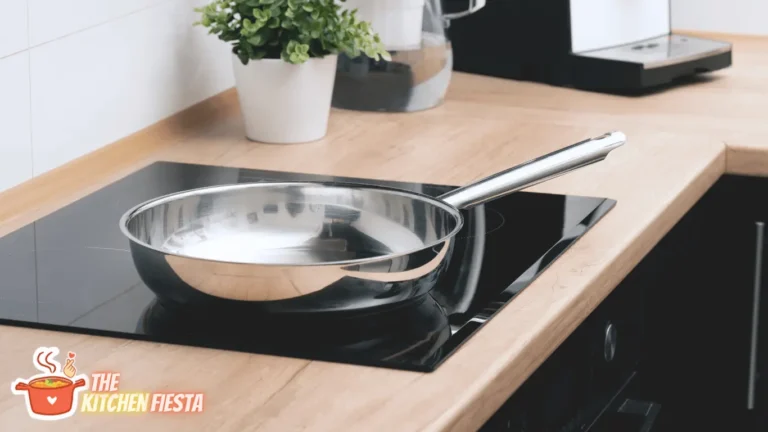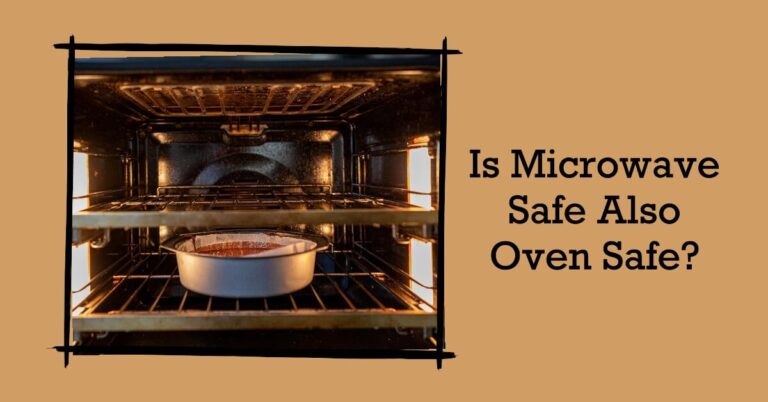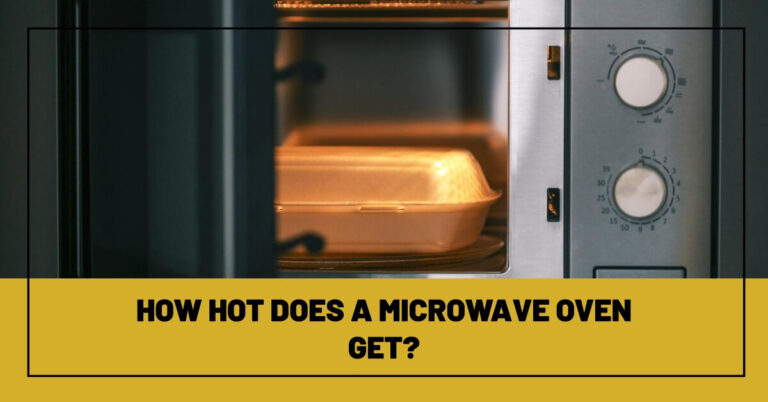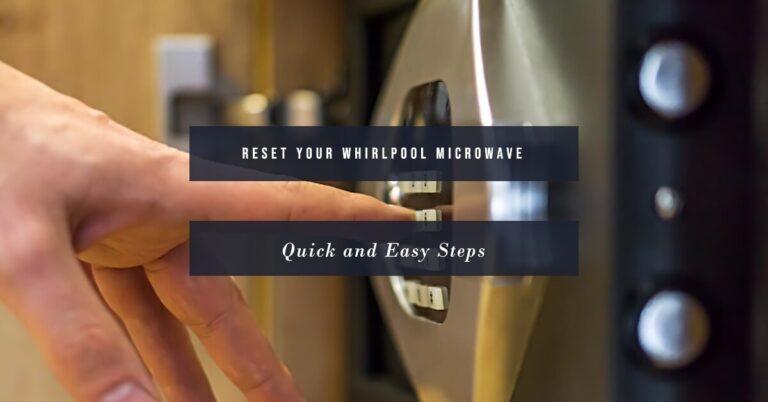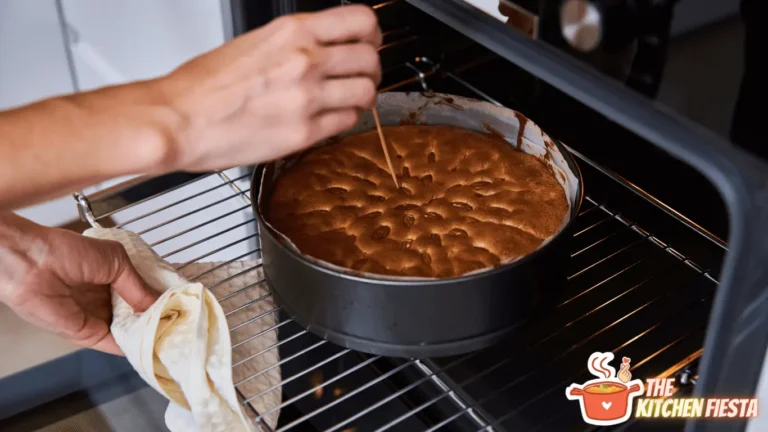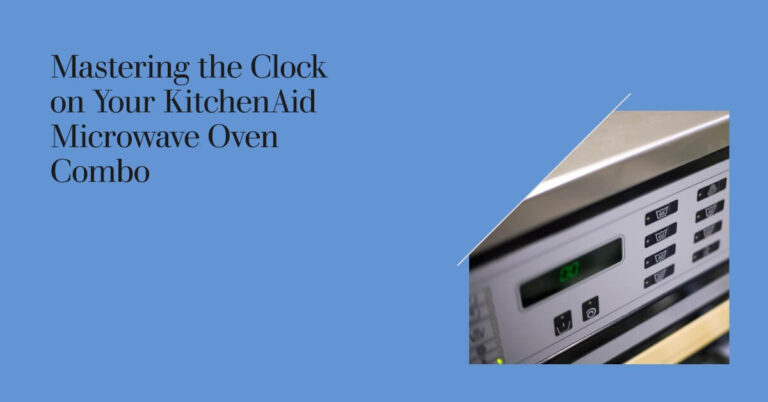Problems Baking With Gas Ovens: Common Issues and Solutions
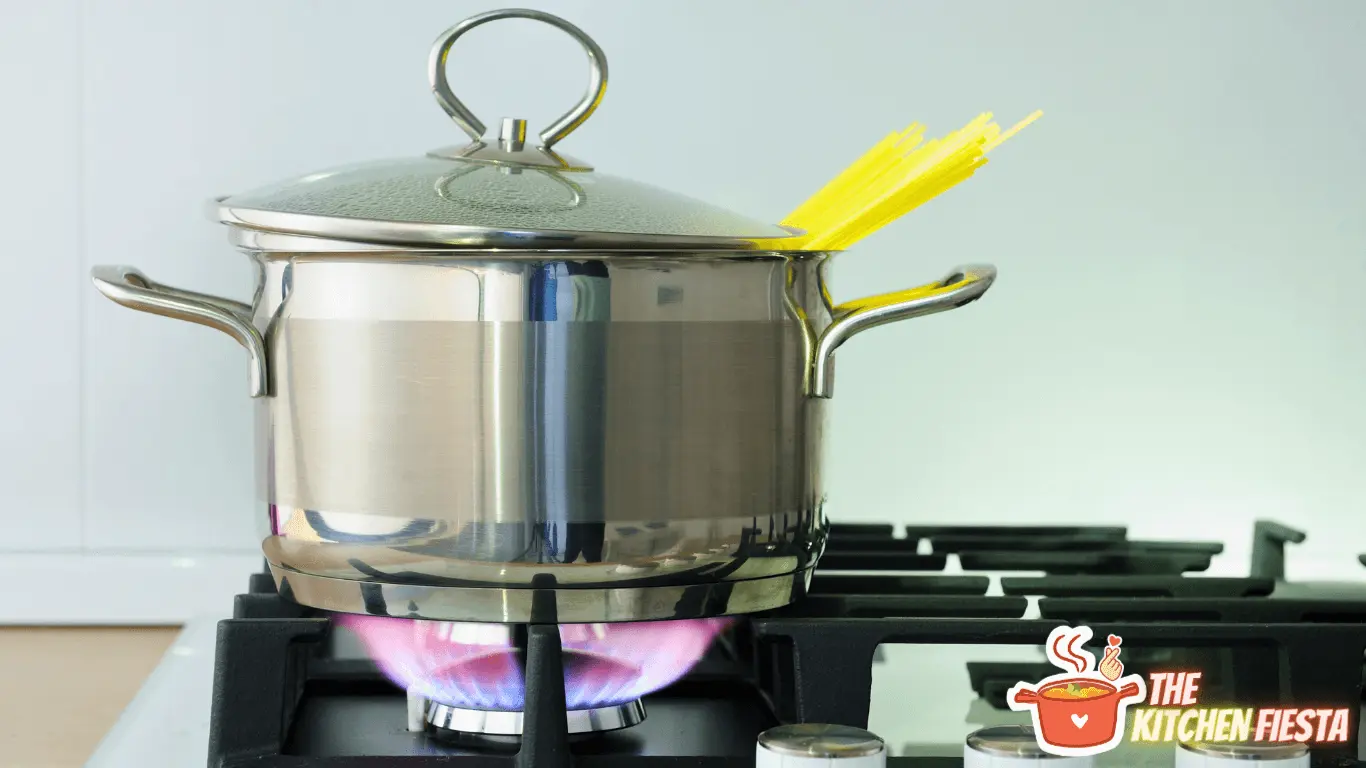
Baking with a gas oven can be a challenge for many people. Although gas ovens are commonly used in households, they can cause several problems that can affect the quality of your baked goods. Some common issues include uneven cooking, temperature fluctuations, and difficulty maintaining the correct temperature.
One of the biggest problems with gas ovens is uneven heating. This can cause baked goods to cook unevenly, resulting in some parts being overcooked while others are undercooked. Gas ovens are more humid than electric or convection ovens, which can lead to issues with the browning and crisping of some baked goods. These issues can be frustrating for bakers, especially those new to baking or trying out new recipes.
Fortunately, several tips and tricks can help you overcome these challenges when baking with a gas oven. Here, we’ll look at the causes and solutions to common baking problems while using your gas oven and provide some helpful tips on how to get even more out of your gas cooking appliances.
Common Problems
Gas ovens can be tricky to bake with, and people face several common problems when using them. These problems include uneven heat distribution, difficulty achieving the desired temperature, and more.
1. Inconsistent Heat Distribution
One of the most common problems with gas ovens is uneven heat distribution. This can lead to uneven cooking, over-browning or burning food, and slow cooking times. To avoid this problem, it is important to preheat the oven for at least 15 minutes before baking and watch the food closely while cooking. Using an oven thermometer to monitor the temperature can also help ensure that the oven is heating evenly.
Related Article:
2. Difficulty Achieving Desired Temperature
Another common problem with gas ovens is difficulty achieving the desired temperature. This can be due to various factors, including a faulty thermostat, a malfunctioning igniter, or a clogged burner.
To address this problem, checking the oven’s components and making any necessary repairs or replacements is important. It is also important to clean the oven regularly to prevent buildup that can affect its performance.
Safety Concerns
Baking with gas ovens, safety should always be a top priority. There are a few safety concerns to remember when using a gas oven, including gas leaks and carbon monoxide poisoning.
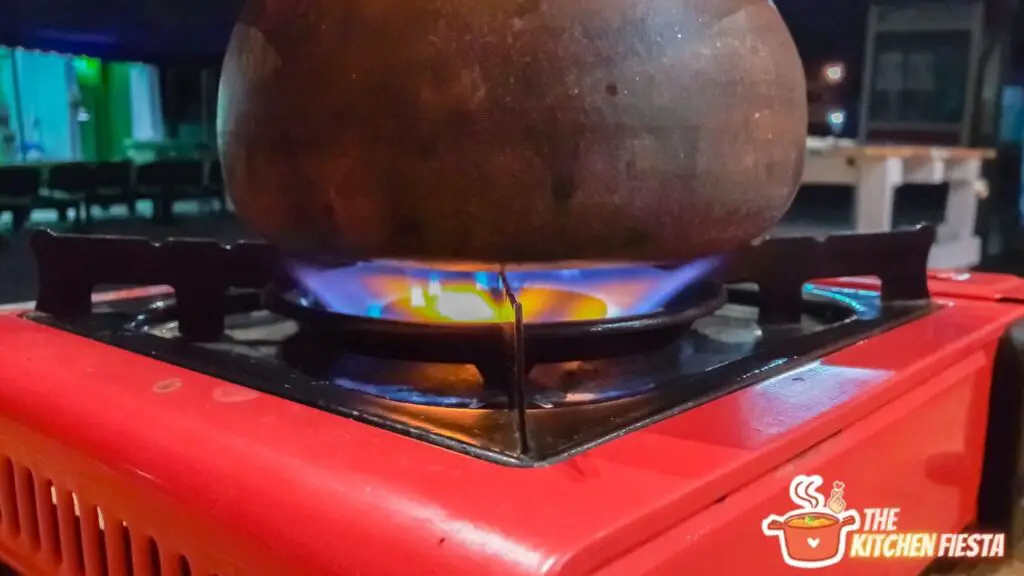
1. Gas Leaks
Gas leaks are a serious safety concern when it comes to gas ovens. If you smell gas in your home, taking immediate action is important. Here are some steps to follow:
- Do not light any matches or turn on any electrical switches.
- Open doors and windows to ventilate the area.
- Turn off the gas supply to the oven.
- Call a professional to inspect and repair the oven.
Installing a gas detector in your home is also a good idea, especially near the oven. This can help detect gas leaks before they become a serious problem.
2. Carbon Monoxide Poisoning
Carbon monoxide is a colorless, odorless gas that gas ovens can produce. Carbon monoxide poisoning can be deadly, so it’s important to take precautions to prevent it. Here are some tips:
- Install a carbon monoxide detector in your home, especially near the oven.
- Ensure that the oven is properly ventilated.
- Never use the oven to heat your home.
- If you experience symptoms of carbon monoxide poisoning, such as headache, dizziness, or nausea, seek medical attention immediately.
Maintenance Tips
Gas ovens are known for their reliability and efficiency. Still, like any other appliance, they require regular maintenance to function properly. Here are some tips to help you keep your gas oven in good condition.
1. Regular Cleaning
Regular cleaning is essential to keep your gas oven functioning properly. Here are some tips to help you keep your oven clean:
- Wipe the oven with mild soap and water after each use to remove any food spills or grease.
- Use a commercial oven cleaner for tougher spills, but ensure it is safe in a gas oven.
- Use a scouring pad to remove any stubborn stains, but be careful not to scratch the oven’s surface.
- Avoid harsh chemicals or abrasive cleaners, as they can damage the oven.
2. Checking for Gas Leaks
Gas leaks can be dangerous and should be taken seriously. Here are some tips to help you check for gas leaks in your gas oven:
- Check the gas line for any signs of wear or damage. Contact a professional to repair the line if you notice any cracks or leaks.
- Check the pilot light to make sure it is lit. If the pilot light is out, relight it according to the manufacturer’s instructions.
- Use a gas leak detector to check for any leaks. If you detect a leak, turn off the gas supply and contact a professional immediately.
Alternative Baking Methods
When faced with problems baking with gas ovens, consider alternative baking methods. Two popular options are electric ovens and convection ovens.
1. Electric Ovens
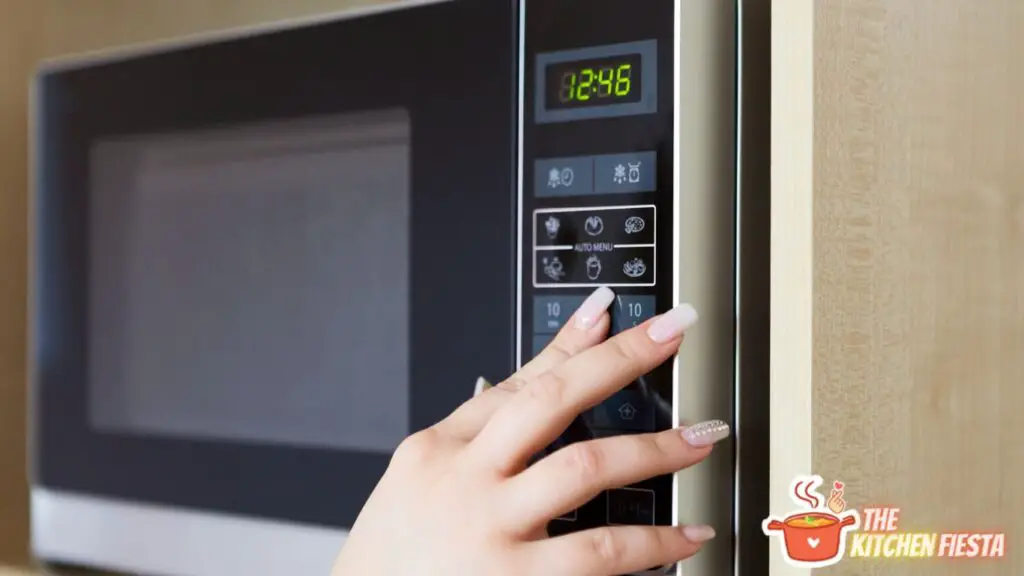
Electric ovens use heating elements to generate heat, providing a more consistent temperature than gas ovens. This can help to reduce problems such as uneven cooking and slow cooking times. Additionally, electric ovens have more accurate temperature control, which helps prevent over-browning or burning of food.
When using an electric oven, remember that the baking times may need to be adjusted. Also, it’s helpful to use light-colored metal, glass, or silicone baking dishes to reduce the risk of burning.
2. Convection Ovens
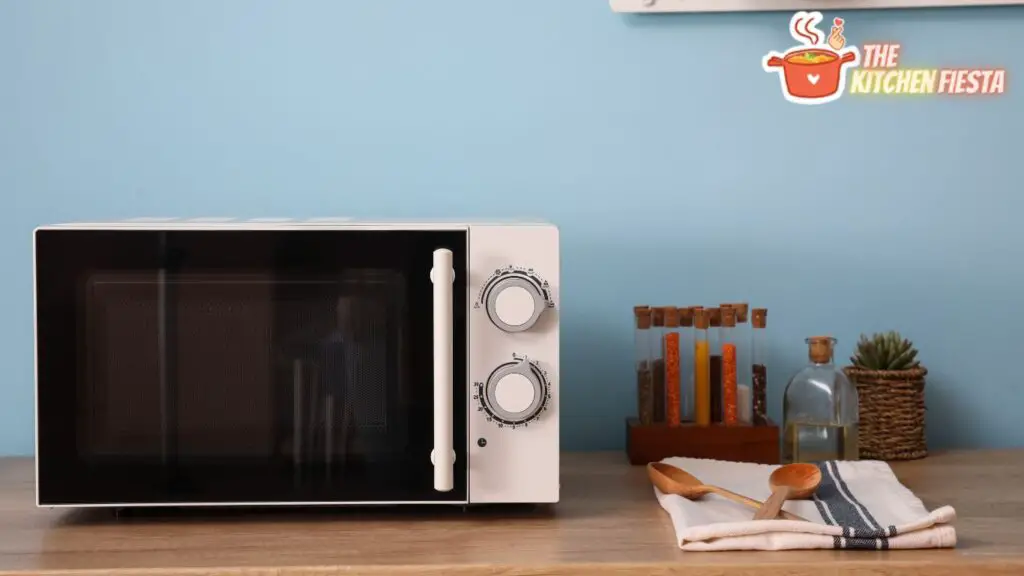
Convection ovens use a fan to circulate hot air, which can help to provide more even cooking and reduce cooking times. This can be especially helpful when baking items such as pastries or bread, which require a consistent temperature and even cooking.
When using a convection oven, you may need to adjust baking times so that your baked goods reach the desired level of doneness. Additionally, it can be helpful to reduce the temperature by 25 degrees Fahrenheit and adjust baking times accordingly.
Conclusion
Despite its challenges, baking with gas ovens can yield delicious results with the right techniques and tools. Uneven heating can be mitigated by preheating the oven, rotating trays, and using an oven thermometer. Burning or over-browning can be prevented by monitoring the food closely and using a baking stone.
Slow cooking times can be addressed by using smaller baking dishes and increasing the oven temperature slightly. With attention and care, one can achieve crispy and mouth-watering treats. So, don’t let the challenges of gas ovens discourage you from baking – embrace them and bake on them!
FAQs – Problems Baking With Gas Ovens
Why is my food taking longer to cook in a gas oven?
Gas ovens tend to take longer to heat up than electric ovens. Preheating your oven for at least 15 minutes before putting your food in is important. Additionally, gas ovens may have hot spots, so it’s a good idea to rotate your trays once or twice during cooking to ensure even cooking.
Why does my food burn on the bottom but not cook on the top?
This could be due to uneven heating in your oven. Gas ovens are notorious for having hot spots, which can cause uneven cooking. To prevent this, try rotating your trays during cooking, and consider using an oven thermometer to monitor the temperature.
Why are my baked goods not rising properly?
Gas ovens can be more humid than electric ovens, affecting the rise of your baked goods. To prevent this, ensure your oven is properly preheated and use the correct leavening agent (such as baking powder or yeast) in your recipe.
Why is my oven overheating?
If your oven is overheating, it could be due to a faulty thermostat or temperature sensor. It’s best to have a professional inspect and repair your oven to prevent potential safety hazards.
Why is my oven not heating up at all?
If your oven isn’t heating up at all, it could be due to a faulty igniter (for a gas oven) or heating element (for an electric oven). Before you attempt to service your oven, turn off the power. And if you need to make repairs, it’s best to have a professional handle the job.

